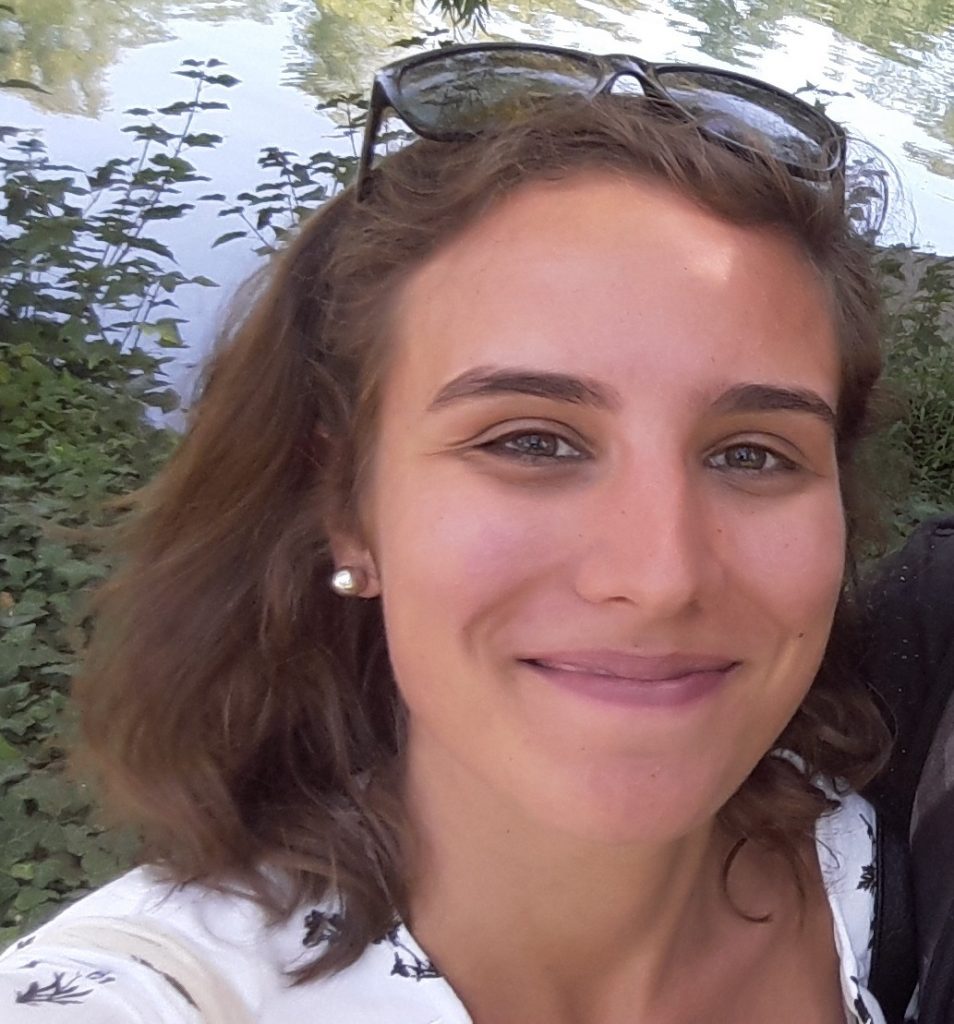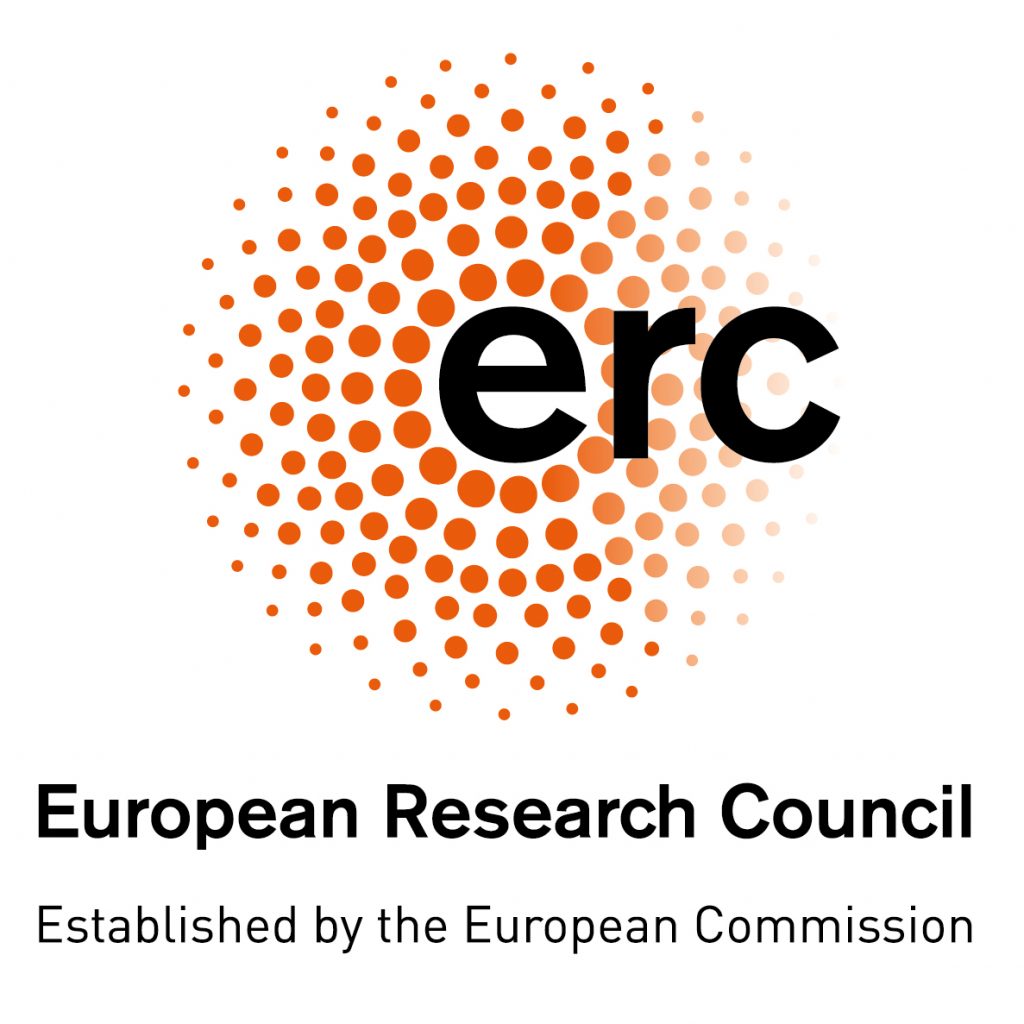
Subject : Mathematical modelling of the evolution of suppression of recombination on sex chromosomes
Keywords : Stochastic Models, Evolutionary biology, Recombination, Chromosomal Rearrangements, Mating Systems
Supervisors : Amandine Véber (MAP5, Paris), Sylvain Billiard (EEP, Lille), Tatiana Giraud (ESE, Orsay)
Date of beginning : 1st september 2020

Mail : emilie.tezenas-du-montcel@ens-rennes.fr
Sex chromosomes in plants and animals often contain large non-recombinant regions, such as the X and Y chromosomes in mammals. A progressive extension of recombination suppression has often taken place beyond sex-determinism genes, generating « evolutionary strata », in which the different genes present are linked together, controlling multiple traits, and thus acting as « supergenes ». The evolutionary causes leading to the extension of recombination suppression around sex-determining genes are still debated.
The hypothesis most often put forward is that of sexual antagonism, whereby alleles beneficial to only one sex are linked to the sex-determining gene. However, even in species with no male/female functions, chromosomes involved in mating-type determinism may also evolve stepwise extension of recombination suppression around genes determining sexual compatibility. In these species, only haploid gametes carrying different alleles to the genes of mating types can cross without having small or large gametes or other characters that differ from each other. This suggests that evolutionary strata can appear without sexual antagonism.
Several alternative hypotheses have been proposed to explain the extension of recombination suppression without sexual antagonism, but these have been little explored: « neutral » inversions at the margin of the non-recombinant region, epigenetic modifications related to the accumulation of repeated sequences in the non-recombinant region, or selection to shelter deleterious alleles accumulating near non-recombinant regions in the heterozygous state.
During my PhD, my aim will be to construct and study mathematical models in order to test those different hypothesis. Up until now, I focused on a simple model with only one locus that can bear a deleterious allele. I studied the probability of extinction and the time of persistence of potential deleterious alleles, depending on the rate of recombination and the type of mating. The idea is to then expand the model in order to consider multiple loci and multiple deleterious mutations.